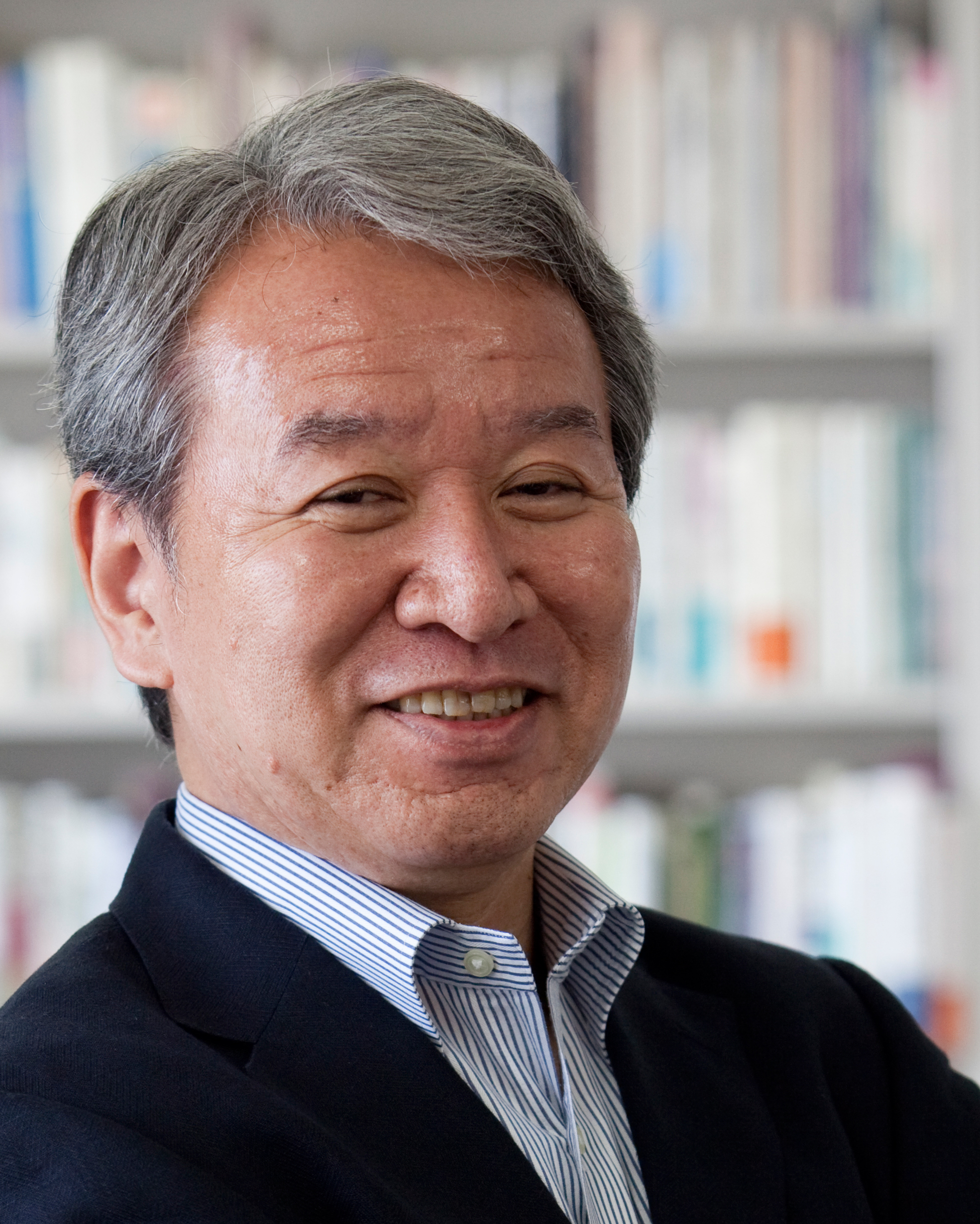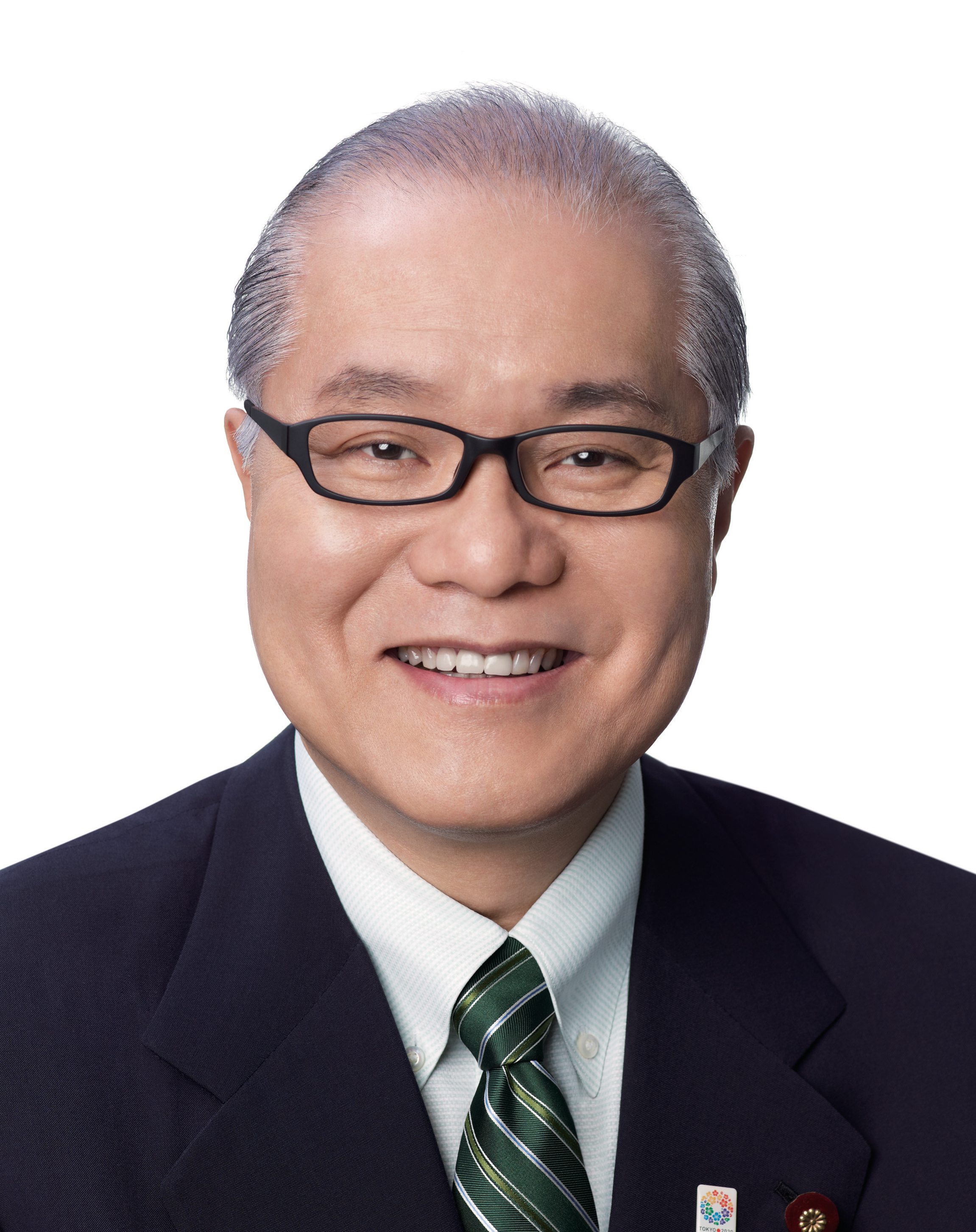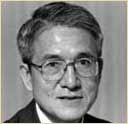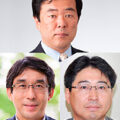The North Korea Crisis Enters a New Stage Can the International Community Align its Strategy?
A string of missile test launches and a sixth nuclear test suggest North Korea is on the verge of becoming a true nuclear power. With differing views on how to deal with a nation insistent on maintaining its domestic regime, the international community is at an impasse. How should we look for a breakthrough?

Hiraiwa Shunji, Professor, Nanzan University
On September 3, 2017, North Korea went ahead with its sixth nuclear test. The test was immediately followed up by state-run media reporting that the country had “conducted a fully-successful test of a hydrogen bomb designed to be loaded onto an intercontinental ballistic missile (ICBM).” It is fair to say that North Korea went ahead with the nuclear test after determining that the United States would be unable to launch any military action against it. The test also succeeded in reminding the international community that North Korea was making technological advances with its nuclear arsenal.
On September 11, roughly a week after the test, the United Nations Security Council unanimously adopted UNSC Resolution 2375. North Korea reacted sharply, threatening to “cause the USA the greatest pain and suffering it had ever gone through in its entire history.” Then, on September 15, just four days after the resolution was adopted, North Korea launched a Hwasong-12 intermediate-range ballistic missile on a trajectory that passed over Hokkaido. This sent a message that the North remained undeterred in its stance towards nuclear missiles. North Korea’s Korean Central News Agency reported that Kim Jong-un, Chairman of the Workers’ Party of Korea, had witnessed the launch, noting that his “final goal” was having nuclear strike capabilities as a deterrent against the United States, and that North Korea had “nearly reached the terminal.”
North Korea’s Nuclear Weapons Reach the Final Stage – The Development of ICBMs
As readers are aware, North Korea carried out its fourth and fifth nuclear tests in January and September 2016, and also went ahead with more than 20 test launches of various ballistic missiles. When Donald Trump was elected in the United States’ presidential elections, North Korea temporarily suspended its missile launches as if to gauge the North Korea policy to be adopted by the incoming administration. However, when U.S. Defense Secretary James Mattis visited South Korea and Japan in February 2017, he clarified the United States’ stance to pursue a basic framework of cooperation between Japan, the United States and South Korea with regard to North Korea, after which North Korea resumed its repeated test launches of missiles. The North conducted test launches of a wide variety of missiles including portable short-range ballistic missiles, intermediate-range ballistic missiles and submarine-launched ballistic missiles (SLBMs). The country then went ahead with the test launch of an intercontinental ballistic missile (ICBM) to coincide with America’s Independence Day.
During his 2017 new year’s speech given on January 1, North Korean leader Kim Jong-un had already announced that “preparatory efforts for the test launch of an ICBM have reached their final stages.” Meanwhile, after taking office the Trump administration faced intense scrutiny on how it would deal with the North Korea problem. In response, it ratcheted up pressure on North Korea by declaring that all options, including military action, were on the table and urged the North to abandon its nuclear aspirations. North Korea objected strongly and tensions on the Korean peninsula steadily intensified. Although it did not explicitly state this, the United States considered the test firing of an ICBM to represent a red line that must not be crossed. At the same time, the international community was closely monitoring the situation, including North Korea’s repeated provocations and the possibility of military action by the United States. It was under these circumstances that North Korea conducted its first test launch of an ICBM.
North Korea’s Cool-headed End-game
It’s fair to say that North Korea has made the judgment call that the United States will find it difficult to launch a military campaign. The North Korean missile known as the Hwasong-14 was launched on a so-called lofted trajectory that sent it upwards at a steep angle, but based on results of the second test launch carried out on July 28, the Hwasong-14 was estimated to have a flight distance of over 10,000 km when launched at a normal firing angle, placing the U.S. mainland within its firing range. On the day of the missile’s first test on July 4, North Korea declared the test a success and characterized the ICBM as a “major breakthrough towards North Korea’s formation as a nuclear power.” The following day, Kim was reported to have remarked that, “the American bastards may not be very happy with our gift, but let’s frequently send the Yankees big and small gift packages in the future,” adding that “As long as the U.S. hostile policy and nuclear threat remains unchallenged, the DPRK will never place its nuclear weapons or ballistic missiles on the negotiating table.”
That said, since North Korea continues to be cautious over the ever-present threat that U.S. President Donald J. Trump could use military force, the reality is that the regime will continue to probe with testing in a search of where that “red line” truly lies. In the case of the Hwasong-12, North Korea announced that it would launch a ballistic missile in the vicinity of the U.S. territory of Guam, and the two launches conducted thus far, on August 29 and the latest one on September 15, were both launched on trajectories taking them over Japan. While these actions represent a serious threat to Japan, from North Korea’s perspective, it is carefully probing to determine where America’s red line has been drawn. By firing a missile at a non-lofted trajectory in a manner more closely resembling that of actual warfare, the second firing extended the missile’s flight distance and gave the United States the impression that Guam was inside its range.
In this way, while the threat from North Korea can only be described as turning into something “fundamentally different,” the question is how the international community should address this nuclear missile issue.
Conspicuous Differences in the Approaches of Japan, the United States and South Korea versus China and Russia
Since North Korea has refused to change its position despite pressure from the international community, Japan and South Korea will both be forced to respond in the interests of security. In addition to the existing Aegis vessel-based Aegis Combat System the PAC-3 defensive system, Japan is considering the introduction of Aegis Ashore, a land-based version of the Aegis Combat System, as part of efforts to augment its defensive capabilities against North Korean missiles. For its part, South Korea conducted launch drills of its Hyumoo-2 missiles in response to the September 15 launch of the Hwasong-12, in a bid to draw attention to its readiness to respond to provocations from the North. In response to North Korean nuclear tests, South Korea completed the interim deployment of six U.S. military Terminal High Altitude Area Defense (THAAD) system installations that had been delayed. Even so, the strengthening of defensive systems in countries neighboring North Korea will probably again be described as causing discord elsewhere. China and Russia have strongly objected to the installation of the THAAD system in South Korea on the pretext of the North Korea problem, characterizing it as an act of hostility toward their own countries.
Japan, the United States and South Korea have long endured fundamental differences of opinion with China and Russia on the North Korean issue. While Japan, the United States and South Korea are trying to take a tough stance on North Korea to bring about a shift in attitude, China and Russia’s stance is that stepping up pressure has the reverse effect of causing North Korea to dig in its heels and won’t lead to a resolution. In response to the nuclear text on September 3, Russian President Vladimir Putin commented that the North Koreans “will eat grass but will not stop their [nuclear] program as long as they do not feel safe.” China struck a similar tone, saying that the United States and North Korea needed to enter into negotiations over the nuclear issue and that the use of military force could not be allowed. Back when North Korea went ahead with its first test launch of an ICBM on July 4, Russia and China claimed that “there is validity to the concerns of North Korea and those concerns should be respected. However, in a joint statement following top-level talks between China and Russia, the countries indicated a willingness to achieve the “freeze-for-freeze” proposal advocated by China, and the Plan (Roadmap) for Gradual Normalization of the Korean Peninsula proposed by Russia. China’s “Freeze-for-Freeze” (also known as “Double Freeze”) proposal involves a declaration where North Korea would cease the development of nuclear weapons and the United States and South Korea would cease joint military exercises simultaneously. Similarly, Russia’s roadmap calls for North Korea to suspend its nuclear and missile tests while at the same time having the U.S. and South Korea suspend large-scale joint military exercises and begin negotiations. After determining general principles including the non-use of military force or invasion and peaceful coexistence, the parties would reach an all-encompassing agreement on all issues including nuclear. In a climate where North Korea continues to make provocative moves, these are not proposals the United States, Japan or South Korea are willing to accept.
Beefed-up Sanctions as Another Sticking Point
These differing degrees of commitment became even more apparent in the wake of North Korea’s sixth nuclear test. While it was right for a new resolution to be discussed by United Nations Security Council, instead of its past approach of coordinating with China on the details in advance, the United States presented its own unilateral draft resolution to be put to a September 11 vote. Since the U.S. draft included provisions that China and Russia would not possibly accept, such as the blanket prohibition of oil exports to North Korea and the freezing of Supreme Leader Kim Jong-un’s assets, it was watched closely to see whether the vote itself would be shelved, or whether either China or Russia would exercise their veto power and expose the disarray among the international community. However, after a back-and-forth behind the scenes, United Nations Security Council Resolution 2375 was adopted with unanimous approval, as mentioned earlier. While the revised resolution adopted a “status quo” approach to crude oil and did not materially represent a blanket ban on oil exports, the addition of crude oil to the list of sanctioned items indicated to North Korea that restrictions could be placed on North Korea’s oil imports depending on its stance in the future. Other adopted resolutions included a ban on the export of textile products from North Korea. Combined with the sanctions already imposed, if strictly enforced by each country, these new sanctions are expected to have a considerable impact on North Korea. Liu Jieyi, China’s ambassador to the United Nations, maintained China’s existing stance, calling on North Korea to “take [the will of the international community] seriously” while asking all nations involved to keep “calm.” Vasilly Nebenzia, Russian ambassador to the United Nations, also remarked that it would be a “big mistake to ignore” the joint China-Russia proposal (roadmap and freeze-for-freeze proposal). U.S. President Donald Trump, however, suggested that all nations engaged in economic translations with North Korea cease all trade, underscoring the fact that the international community is not in agreement on how to deal with the Korean problem.
The International Community’s Failure in Dealing with North Korea
While U.S. Secretary of State Rex Tillerson has characterized “efforts of the past 20 years to bring North Korea to a point of denuclearization” as a failure, failure by the United States and the international community in the truest sense is arguably in underestimating the strength and resilience of the North Korean regime. The fact is that successive administrations from Clinton onward have all at some point held the belief that a system such as that in North Korea cannot be sustained in the long-term. They have held to the optimistic idea that it is North Korea that is in trouble, that time will favor the rest of the world and North Korea will eventually come around and express reverence to the international community. That is why North Korea manages to prevail against the occasional urging of the international community and gained the time to develop nuclear-tipped missiles. There is no question that North Korea’s political framework is rife with issues, but at the very least, we must accept that it is not as fragile as the international community believes.
It must also be pointed out that we underestimated just how prideful North Korea can be. North Korea detests nothing more than shifting its posture in response to pressure from other countries. As part of the Cold War- era socialist camp, North Korea endured interference by major powers such as the Soviet Union and China and desperately defended its freedom of action. North Korea places an emphasis on this sense of “independence” and sees buckling to outside pressure as tantamount to renouncing its national identity. That is why despite repeated sanctions, North Korea has gotten to this point in improving its nuclear missile capabilities.
The United States will likely continue to step up pressure on North Korea. Specifically, it will probably impose tougher secondary sanctions by putting pressure on companies doing business with the country. We can expect these moves to be effective to a certain degree in the medium-to-long term, but the issue is that in the short-term, North Korea is improving its nuclear missile capabilities at a rapid pace, and it will be extremely difficult to shift North Korea’s stance through pressure alone. For that reason, the international community needs to prepare to engage in a dialogue in conjunction with that pressure.
That is not to say, of course, that the United States or North Korea reject the idea of talks; it’s that both countries have entirely different notions of what such talks would entail. Naturally, for the United States the talks would be held to force North Korea to abandon its nuclear program, while for North Korea, the talks would be to force its acceptance as a nuclear power. Where to establish a point of tangent between these contradictory aims is a tough challenge. It will be necessary to consider a range of possibilities, including mediation by China, or by a European nation, where there has recently been growing interest in the issue of North Korea’s nuclear missiles. It is fair to say that whether the parties can overcome the current crisis situation will truly depend on the wisdom of the international community.
Patiently Bringing the Process to End the Cold War to a Conclusion
In becoming a nuclear power, North Korea is trying to overcome the one-sided nuclear threat from the United States. As part of the process to end the Cold War, South Korea normalized diplomatic relations with the Soviet Union and China. Despite this, North Korea maintained its standoff and failed to improve relations with Japan and the United States. As a result, it faced a one-sided nuclear threat from the United States. North Korea’s stance is that it needs to possess nuclear missiles to remedy this situation. Indeed, the North Korean nuclear missile issue needs to be looked at as a structural issue rooted in the fact that the process to end the Cold War did not go well in the case of North Korea. If that is the case, Japan and the United States must go through this process to improve relations again and bring the Cold War with North Korea to a proper conclusion.
Handling the issue of North Korea’s nuclear missiles requires two simultaneous perspectives: the short-term perspective of controlling North Korea’s actions, and the medium-to-long term perspective of completing the process to end the Cold War. That process will take a very long time and require the tenacious perseverance to address complex issues, and will test the preparedness of the international community.
Translated from “Kitachosen kiki no shindankai: Soroerareruka kokusaishakai no ashinami (The North Korea Crisis Enters a New Stage: Can the International Community Align its Strategy?” Gaiko (Diplomacy), Vol. 45 Oct., 2017 pp. 24–29. (Courtesy of Toshi Shuppan) [October 2017]




